Which countries have the highest percentage of millionaires today?
Who wants to be a millionaire?
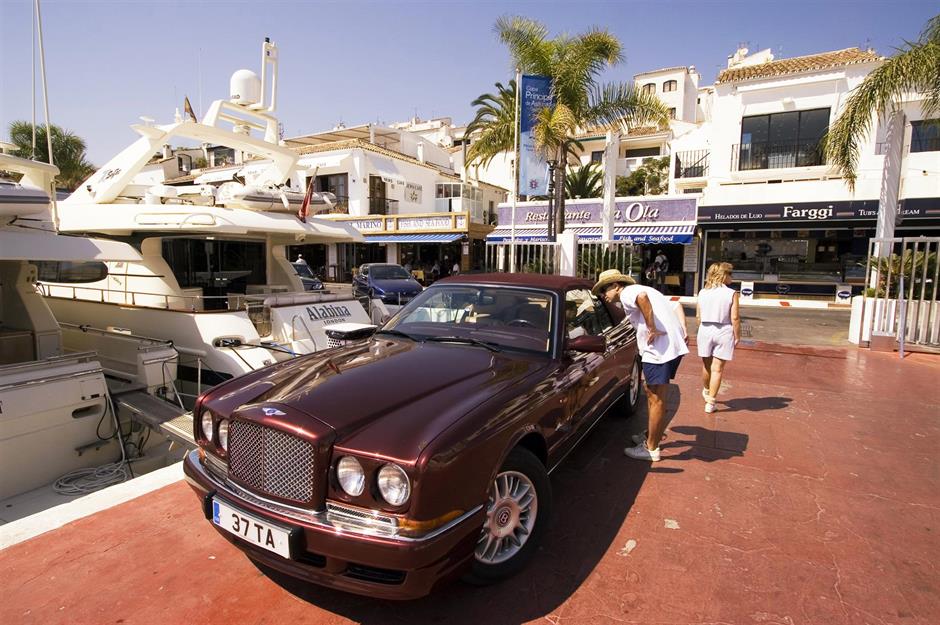
For many of us, having millions in the bank is a dream – but for some lucky individuals, that financial fantasy is a reality.
Credit Suisse expects there to be 86 million millionaires across the globe by 2027. But where in the world are they likely to call home?
Read on to discover which countries boast the highest percentage of millionaires in their adult population today, according to figures from the latest Credit Suisse (now part of the UBS Group) Global Wealth Report.
Millionaire status is measured in US dollars and the data was published in August 2023. All dollar amounts in US dollars.
Japan: 2.6% of the adult population
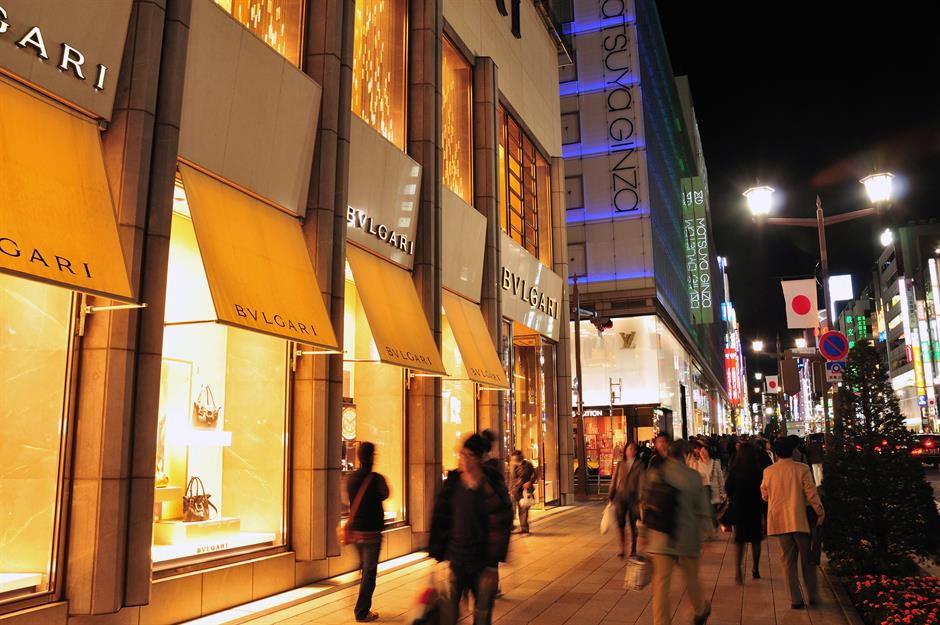
In 2021, an estimated 3,224,000 millionaires lived in Japan, the third-highest amount after the US and China. At that time, 3.2% of the adult population held millionaire status, and 5% of the world’s wealthiest people resided in the Asian nation.
Fast-forward to 2022, the latest full year for which data is available, and the situation looked a little different. Now home to 2,757,000 millionaires, a drop of over 608,000, Japan has been overtaken by France, falling to fourth in the chart for the overall number of millionaires. Today, just 2.6% of the country's adult population are millionaires, with slow economic growth and a shrinking population posited as reasons behind the slump.
Italy: 2.7% of the adult population
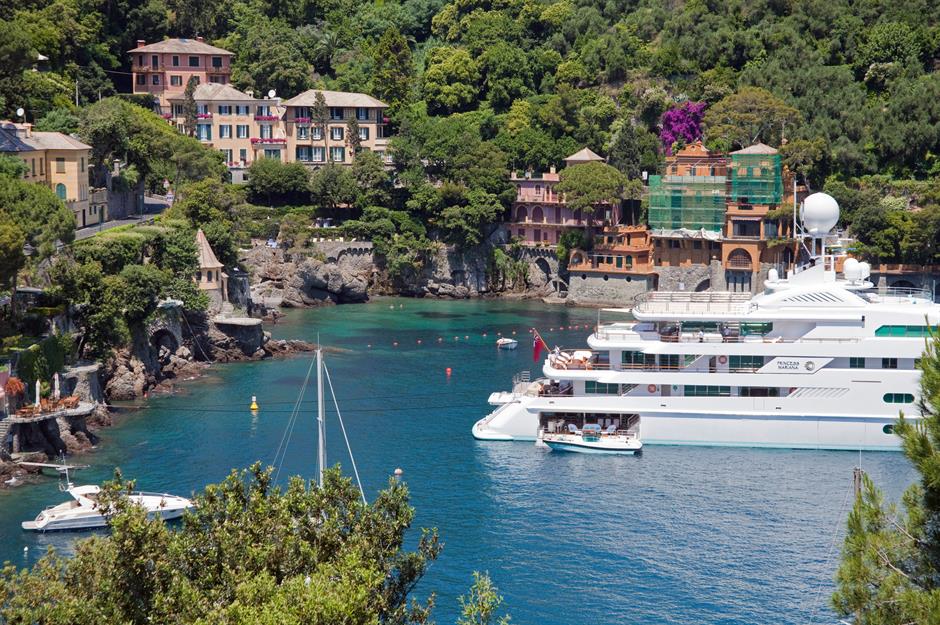
Around 1,335,000 millionaires are living la dolce vita in Italy, according to Credit Suisse. That works out at around 2.7% of the adult population.
While Italy is 29th on our list regarding its share of millionaires, the European nation ranks disproportionately high when it comes to billionaires.
Data from Statista last year shows Italy is home to the world's 10th-highest number of billionaires, with confectionery businessman Giovanni Ferrero the richest of them all. According to Forbes, Ferrero has a net worth of $39.8 billion (£32bn).
South Korea: 2.9% of the adult population
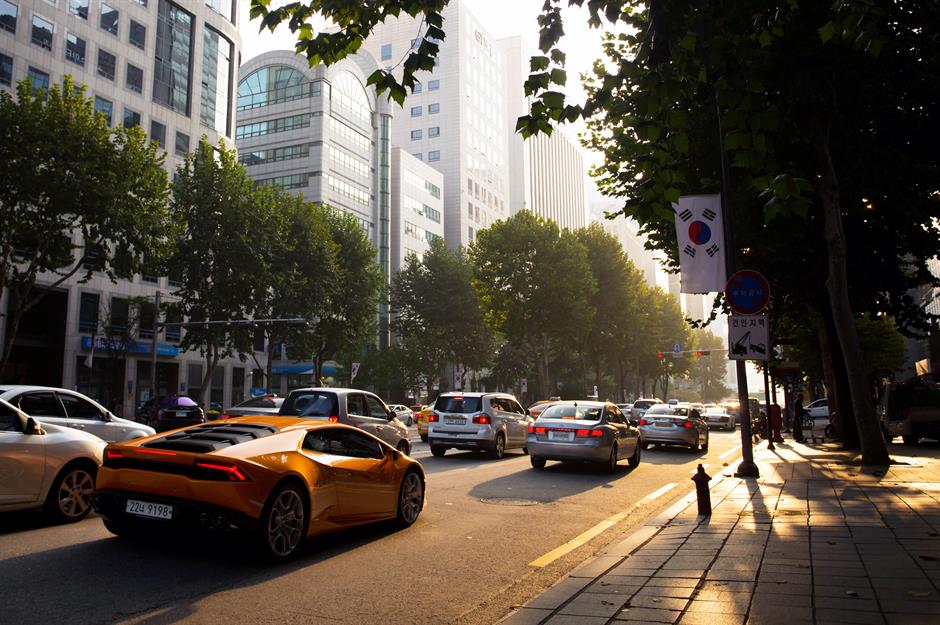
There's no denying it: South Koreans are getting richer. Almost half of the nation's adults have between $100,000 (£79k) and $1 million (£790k) in the bank, with data from Statista showing that the capital city, Seoul, is – perhaps unsurprisingly – the wealthiest region.
According to Credit Suisse, there were 1,254,000 millionaires in the nation in 2022, which accounts for around 2.9% of the adult population.
The image here shows Seoul's Gangnam district, the most expensive area in South Korea.
Spain: 3.0% of the adult population
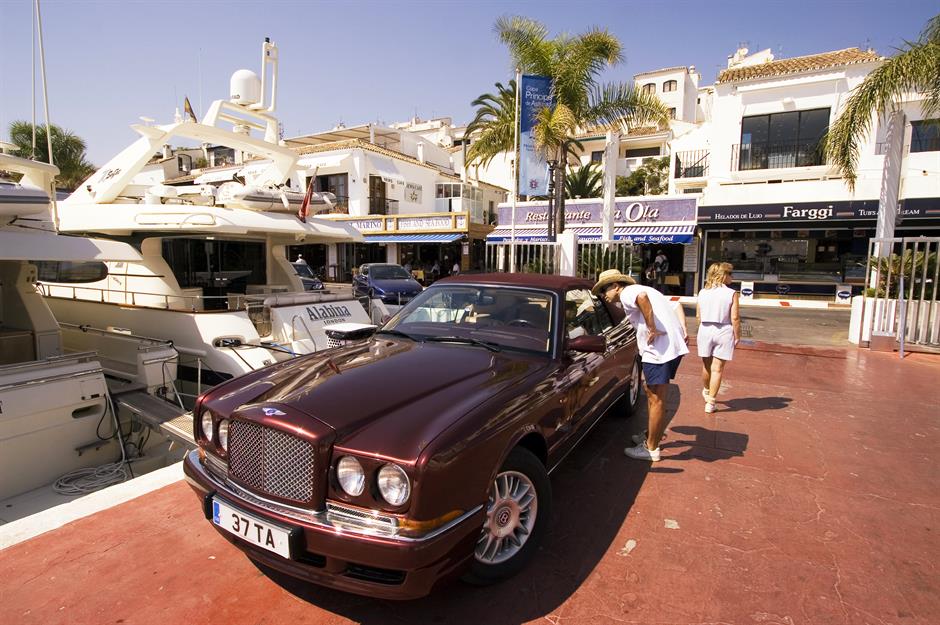
Spain is home to 1,135,000 of the world's millionaires. This means that 3.0% of the country's adult population have at least seven figures in their bank account.
The number of Spanish millionaires may be on the up but poverty has also skyrocketed in recent years. In fact, data shared by Eurostat shows that the poverty rate in Spain rose by 4.1% between the 2008 financial crisis and 2016, despite the fact that poverty across the European Union as a whole had decreased by 0.3% over the same time period. Only Greece and Cyprus saw steeper increases.
Israel: 3.0% of adults
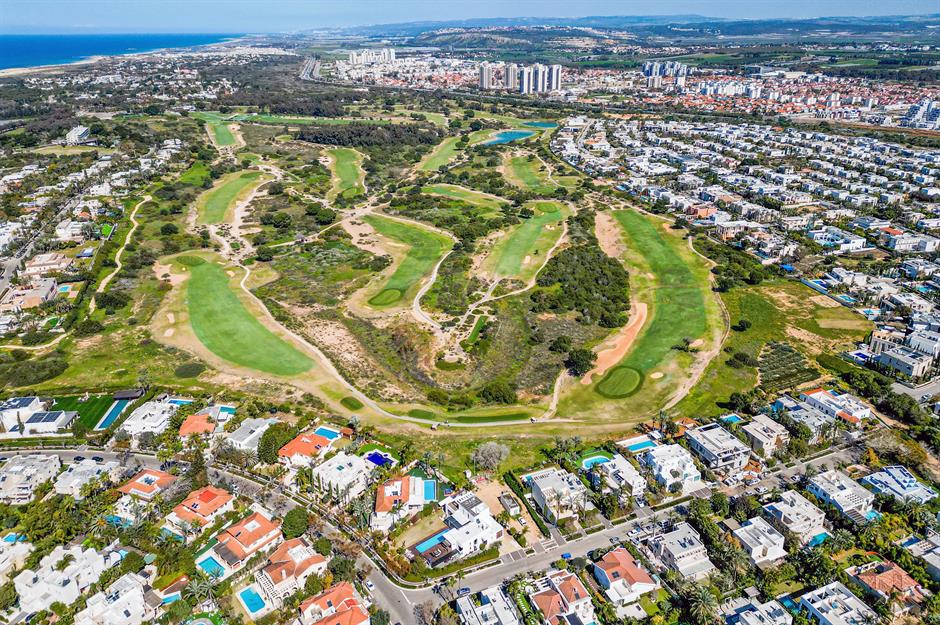
In 2022, 173,000 Israelis had more than $1 million in the bank, which equates to around 3.0% of the country's adult population.
This represents a noticeable dip from 2021 when Israel was home to 203,623 millionaires. Both the nation's super-rich population and median wealth have fallen despite an influx of Russian billionaires in the wake of the war in Ukraine.
It remains to be seen whether the Israel-Hamas war, which broke out after Credit Suisse compiled its latest data, will affect the numbers for last year. However, London-based migration consultancy Henley & Partners predicted in June 2023 that millionaire arrivals would fall by 45% in Israel as a result of Prime Minister Benjamin Netanyahu's plans to overhaul the country's judiciary, meaning multiple factors could be behind the downward trend.
Germany: 3.9% of the adult population
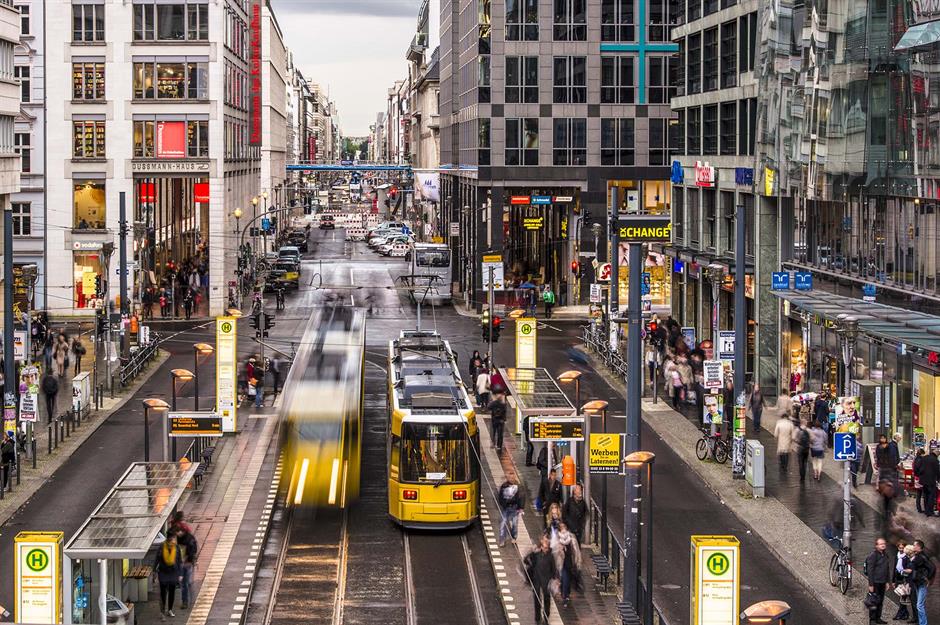
Germany has 2,627,000 millionaires, which equates to 3.9% of its adult population. This marks a fall from 2,880,000 in 2021.
This dip means Europe's largest economy now has fewer millionaires than neighbouring France, despite having a much larger population.
Its median wealth per adult is also lower, though Germany is still home to around 1.5 million more people who fall into Credit Suisse's "global top 10%" bracket than France.
Taiwan: 3.9% of the adult population
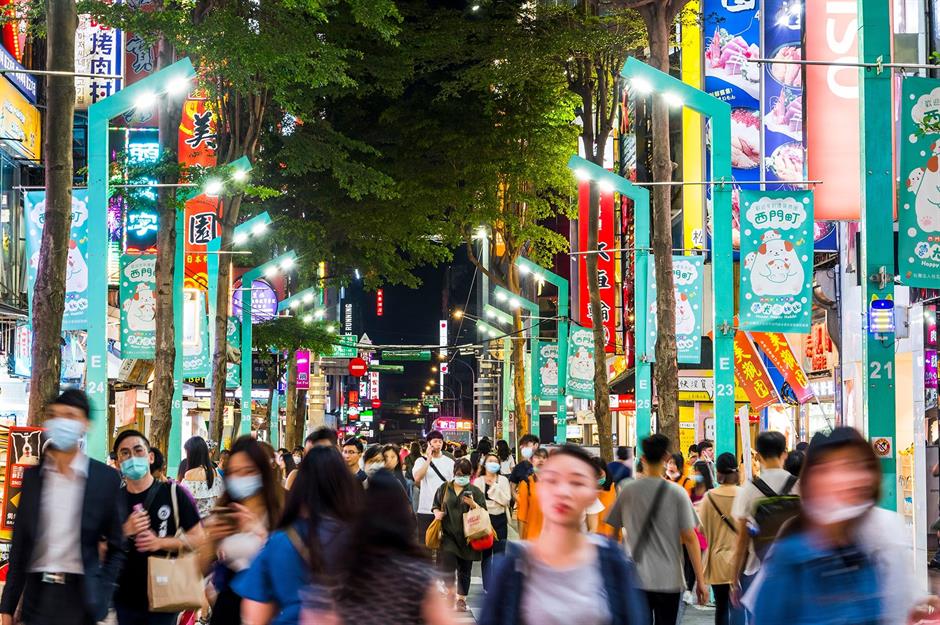
Taiwan plays host to 765,000 millionaires, down from 869,210 in 2021. That means 3.9% of the nation's 19.8 million adults have a bank balance that consists of at least seven figures.
Despite its comparatively small number of dollar millionaires, Taiwan boasts 8,674,000 people in the global top 10%, the 13th highest score of all the countries featured in the report.
Austria: 4.1% of the adult population
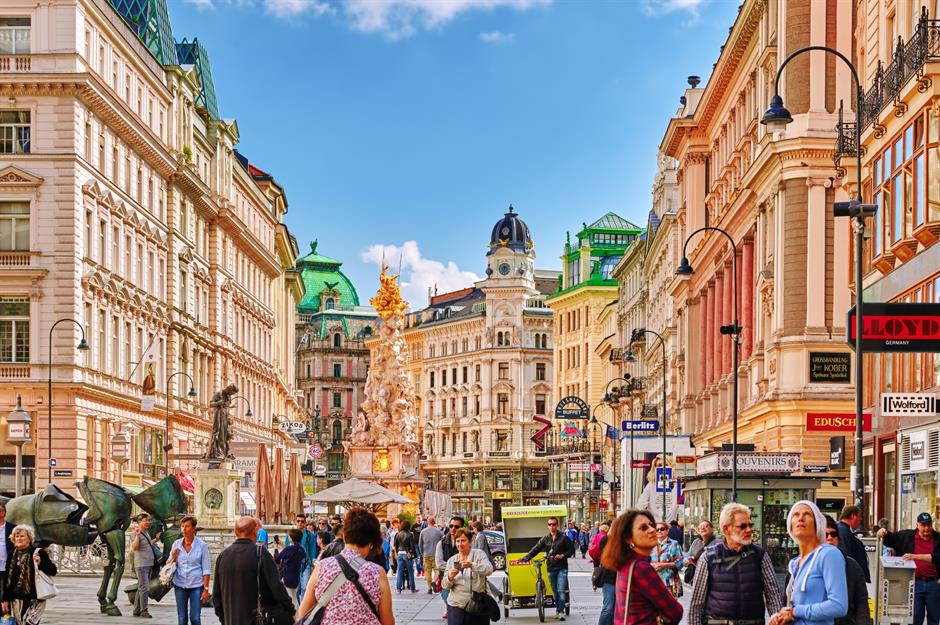
The median wealth per adult has declined in Austria in recent years, plummeting from $91,830 (£68k) in 2020 to $68,492 (£55k) in 2022. But that hasn't stopped the nation's number of millionaires from growing.
In 2021, 3.7% of Austrian adults held millionaire status. That's increased to 4.1% in the latest report, meaning that 302,000 people had a fortune of $1 million (£789k) or more in 2022. Red Bull heir Mark Mateschitz, who boasts a net worth of $38.9 billion (£31bn), is the wealthiest of them all and also holds the enviable title of "Europe's richest millennial".
Ireland: 4.6% of the adult population
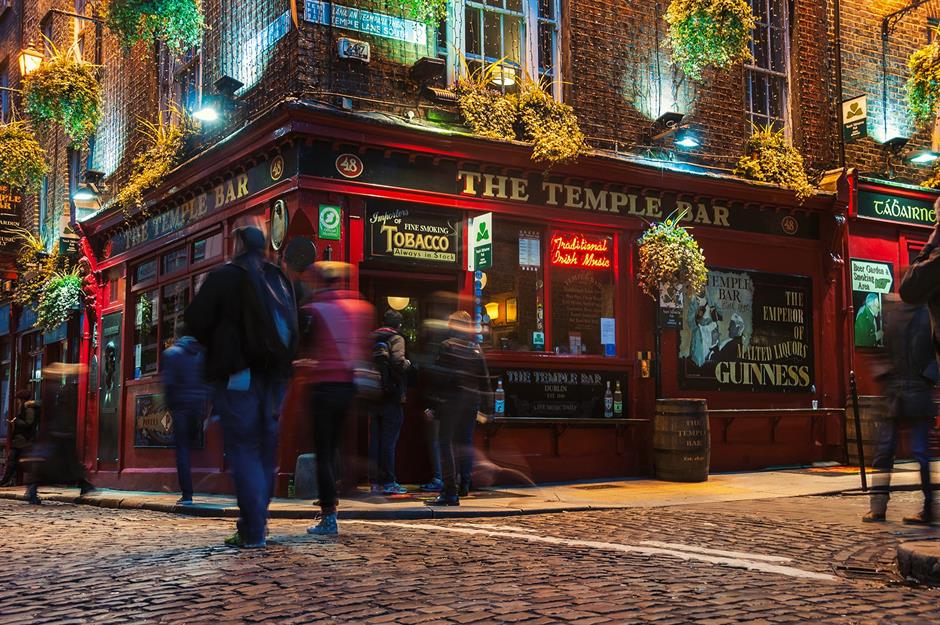
Around 4.6% of Irish adults are millionaires, a total of 170,000 people. The small nation has the highest GDP per adult of any country in the report at $145,085 (£116k). However, income inequality is seemingly on the rise, with the number of people living in "very or extremely disadvantaged areas" increasing from 143,506 in 2016 to 195,992 in 2022, according to the 2022 Pobal HP Deprivation Index.
In contrast, the charity Oxfam reports that the number of super-rich residents in the Emerald Isle has more than doubled in the last decade.
UK: 4.8% of the adult population
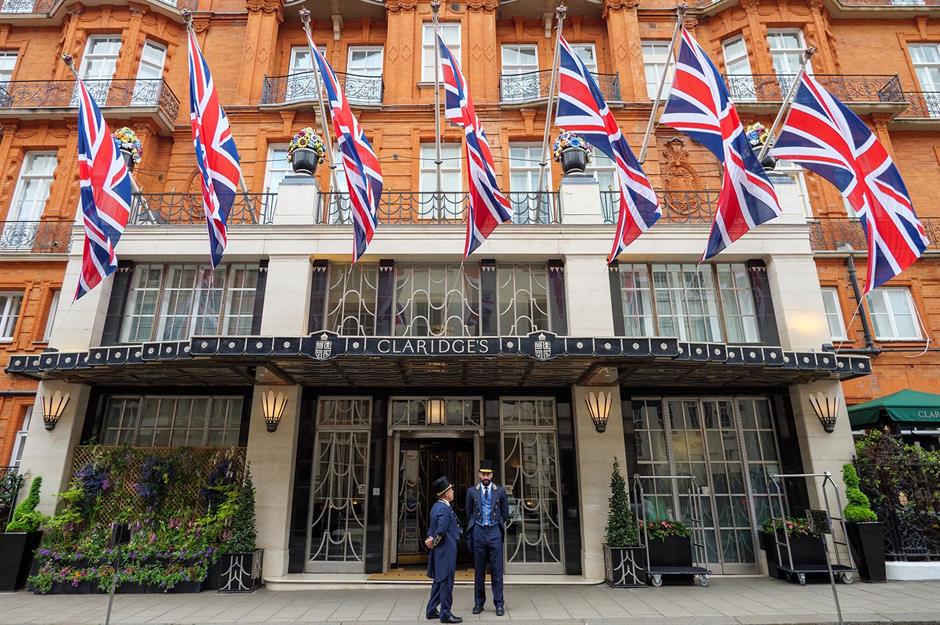
From Brexit and the COVID-19 pandemic to the ongoing cost of living crisis, the UK has faced a number of hardships in recent times that have thrown many people into financial uncertainty.
While undoubtedly cushioned from the worst effects of these crises, the country's millionaire population has still taken a hit: just 4.8% of British adults (2,556,000 people) had seven figures to their name in 2022, down from 5.4% in 2021.
The 2023 edition of the Sunday Times Rich List also reported the first fall in billionaires since the financial crash.
France: 5.6% of the adult population
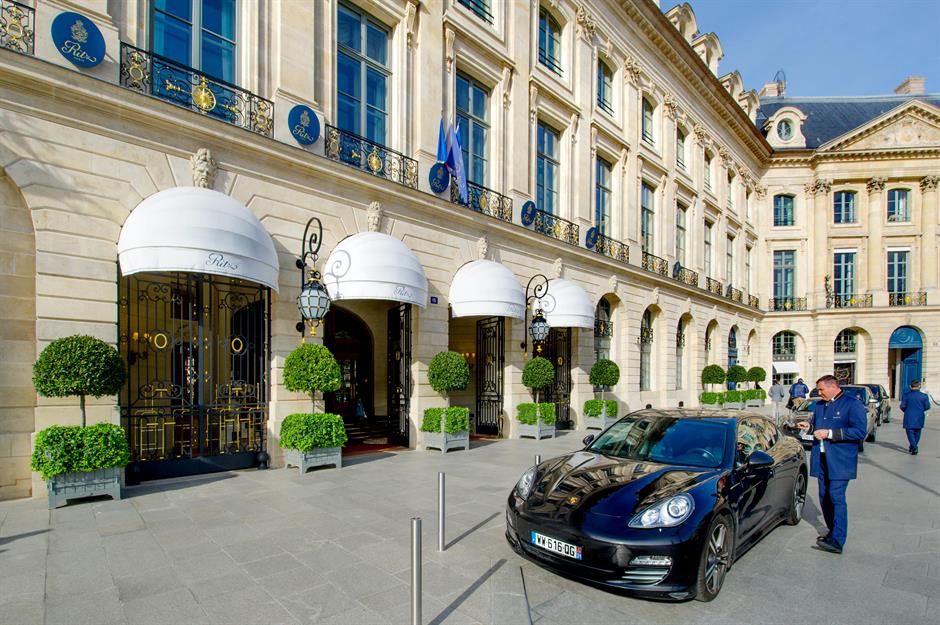
In 2021, France had 2,796,334 millionaires, the equivalent of 5.6% of the adult population. Although this number has risen to 2,821,000 in the latest report – the third-highest number of any country on the list – it still represents just 5.6% of adults.
France is also home to the third-highest number (2,380,400) of people who sit in the world's top 1%. The crème de la crème of France's super-rich is Bernard Arnault, CEO of luxury goods conglomerate LVMH, who currently has a net worth of $188.2 billion (£150bn).
Belgium: 5.9% of the adult population

Ranking slightly higher than neighbouring France, Belgium has a comparatively small number of millionaire residents, totalling around 536,000 people. However, as a percentage of its much smaller adult population, this accounts for a solid 5.9%.
Belgium was hit hard by the pandemic and its GDP fell by 6.3%, marking its worst decline seen since World War II. Despite this, the average wealth of its citizens actually increased by $35,330 (£26k) between 2019 and 2020. After peaking at an incredible $267,887 (£243k) in 2021, this figure flattened out to $249,937 (£199k) in 2022, the highest median wealth of any country in Credit Suisse's report.
Sweden: 5.9% of the adult population
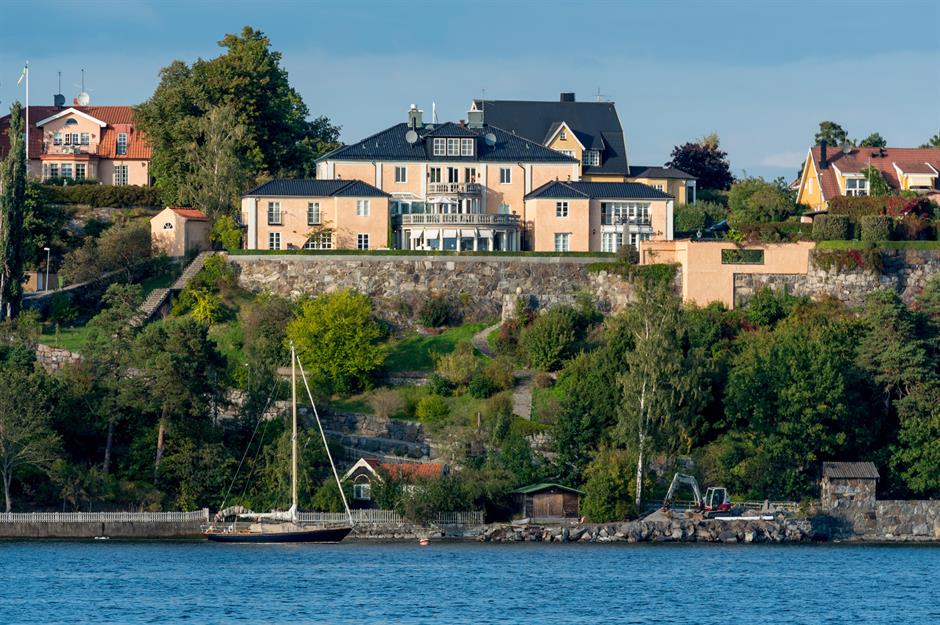
Sweden consistently ranks among the world's happiest nations – and for 5.9% of the Nordic country's adult population, their seven-figure bank balance is no doubt a contributing factor.
But it's not all smiles in Sweden. The median wealth among adults plummeted from $95,051 (£86k) to $77,515 (£62k) between 2021 and 2022, according to the latest Credit Suisse report, while inequality is rising. Oxfam's Commitment to Reducing Inequality Index (CRI), published in October 2022, shows the nation dropped 10 places in the same timespan, leading the charity to dub Sweden the "worst in the Nordic countries at fighting inequality".
While the number of Swedish millionaires has fallen to 467,000 in the same period, this doesn't appear to be a symptom of an increasingly equal society.
Canada: 6.6% of the adult population
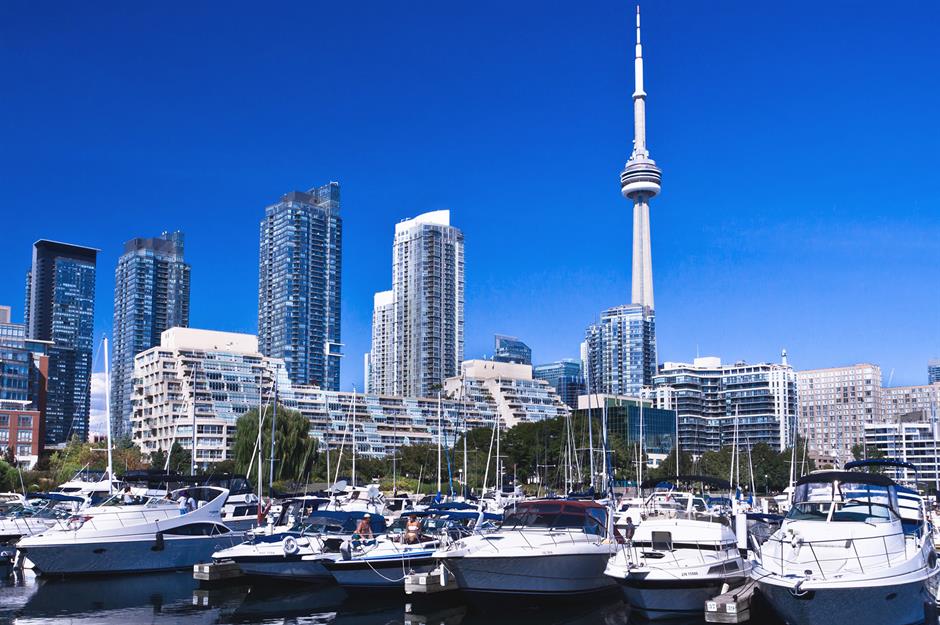
Canada was home to 2,032,000 millionaires in 2022, down from 2,291,281 in 2021. An estimated 6.6% of Canadian adults now have at least $1 million in the bank, with many boasting considerably more.
In fact, 1,802,000 of these millionaires have enough wealth to place them in the global top 1%. According to Credit Suisse, a person needs a net worth of $1,081,342 (£863k) to meet this criteria – the equivalent of almost CAD$1.5 million.
Singapore: 6.7% of the adult population

Singapore's millionaire population grew from 298,650 to 332,000 between 2021 and 2022, which accounts for 6.7% of the city-state's adult population.
Singapore might be small, but its wealth inequality rates are comparatively high. According to estimates from Credit Suisse, 73% of the nation's wealth is held by the top 20% of income-earning households.
New Zealand: 7% of the adult population

New Zealand has seen its millionaire population fall from 347,478 in 2021 to 255,000 in 2022, a decrease of around 95,000 people. This means its percentage of adult millionaires has fallen dramatically from 9.6% to 7%.
That doesn't mean New Zealanders should worry about their bank balances. In fact, they boast the third-highest median income in Credit Suisse and UBS's report at $193,065 (£155k), while an impressive 53% of adults have between $100,000 and $1 million to their name.
Only a handful of other countries – Australia, Belgium, Hong Kong, and Luxembourg – have a higher percentage of adults in this wealth bracket.
Denmark: 8% of the adult population
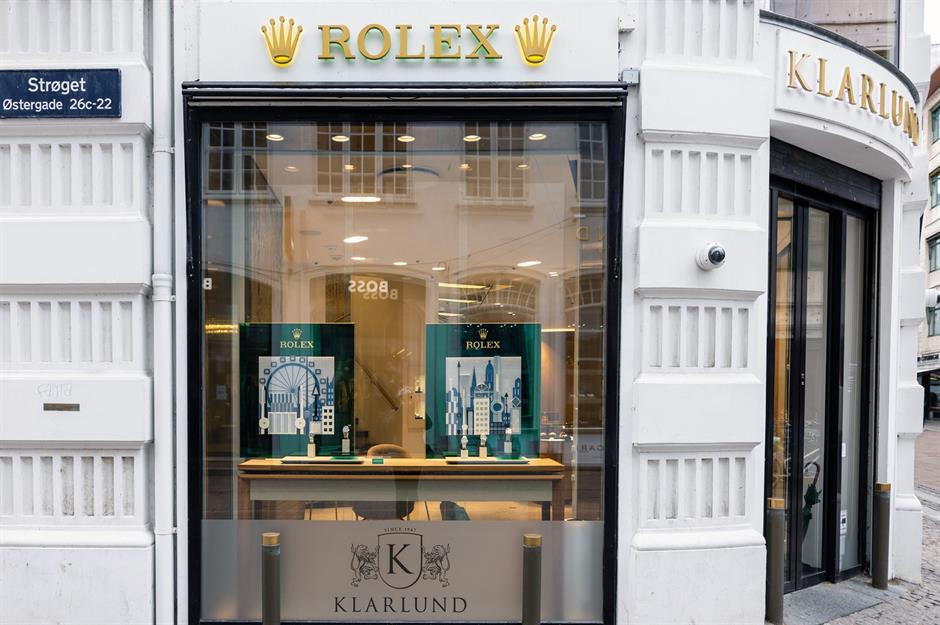
Denmark was home to 384,828 millionaires in 2021, and with a population of around 4.5 million adults, that meant a whopping 8.5% of Danes had at least $1 million to their name. The number of millionaires has dropped to 366,000 in the latest report, however, and the percentage has also dipped accordingly, though still stands strong at an impressive 8%.
Despite its large population of millionaires, Denmark enjoys one of the lowest levels of wealth disparity in the world, which repeatedly contributes to its high ranking in the World Happiness Report. The nation ranked second on the index in 2023.
Norway: 8.2% of the adult population

Unlike other countries, Norway has seen a steep increase in its millionaire population over the past years. In 2021, 5.6% of Norweigan adults had at least $1 million in the bank; in 2022, the percentage rose to 8.2%, representing around 352,000 people. That's up significantly from 236,023 in 2021 and 228,529 in 2020.
The median wealth in Norway is a generous $143,887 (£115k), while the Nordic nation also scored at the very top of Oxfam's CRI in 2022.
Netherlands: 8.6% of the adult population
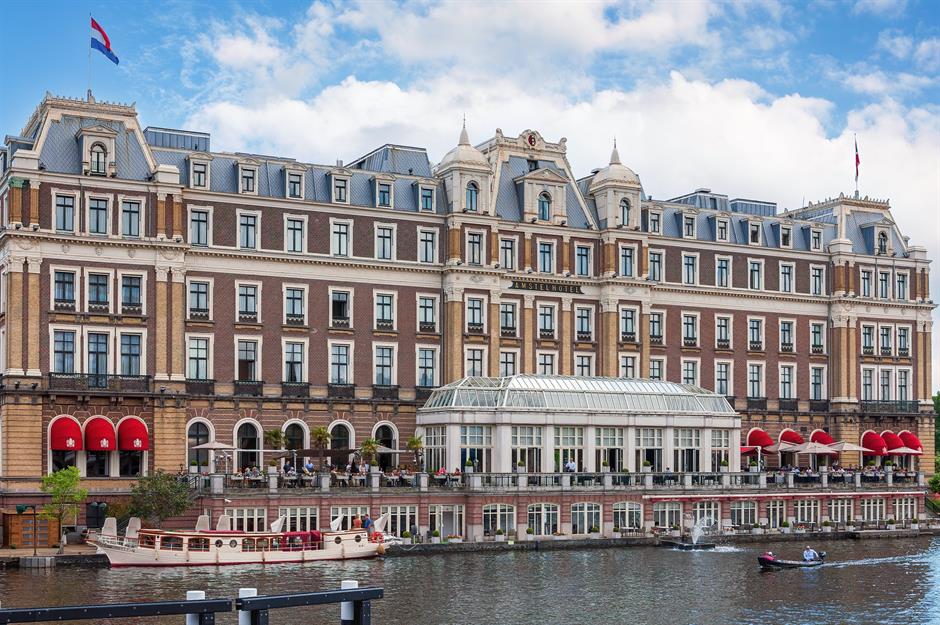
Partly fuelled by currency appreciation against the US dollar, the Netherlands boasted 1,148,740 millionaires in 2021, representing 8.5% of the adult population. In 2022, this number crept up to 1,175,000, resulting in a small percentage increase to 8.6%.
In addition to its many millionaires, the Netherlands is also home to 12 billionaires. Its richest resident is Charlene de Carvalho-Heineken, who inherited a 23% stake in the beer giant Heineken in 2002 and is currently worth $14.1 billion (£11bn).
USA: 9% of the adult population
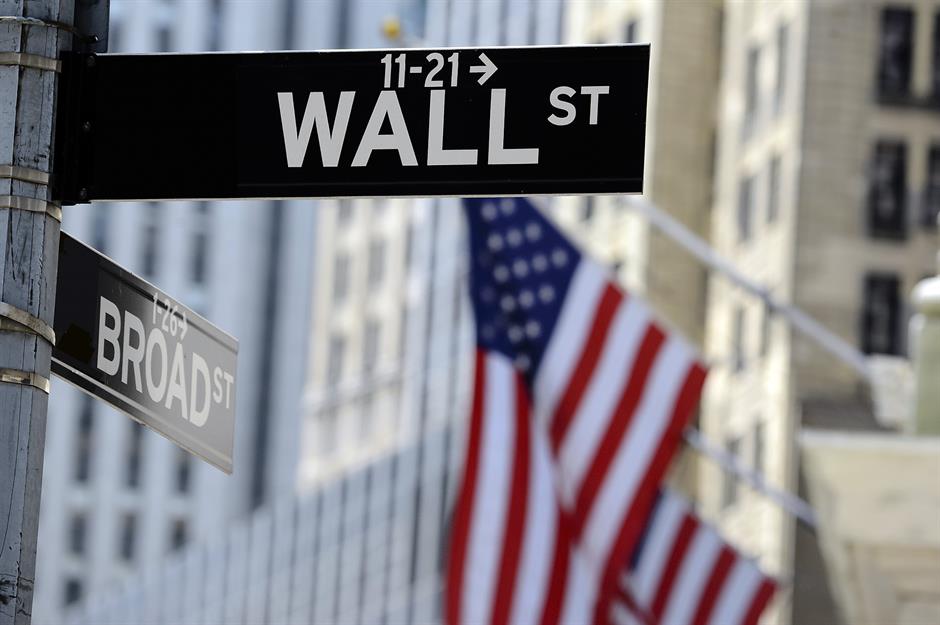
Everything is supersized in America – and that includes its population of millionaires. The USA was home to a staggering 22,710,000 of them in 2022, which represents 9% of its adult population and almost 40% of all millionaires around the globe.
Unsurprisingly, America also has more members of the world's wealthiest 1% than any other country, with 21,037,000 of them currently residing Stateside. Among them is Elon Musk, who has a fortune of around $245 billion (£194bn).
Australia: 9.4% of the adult population
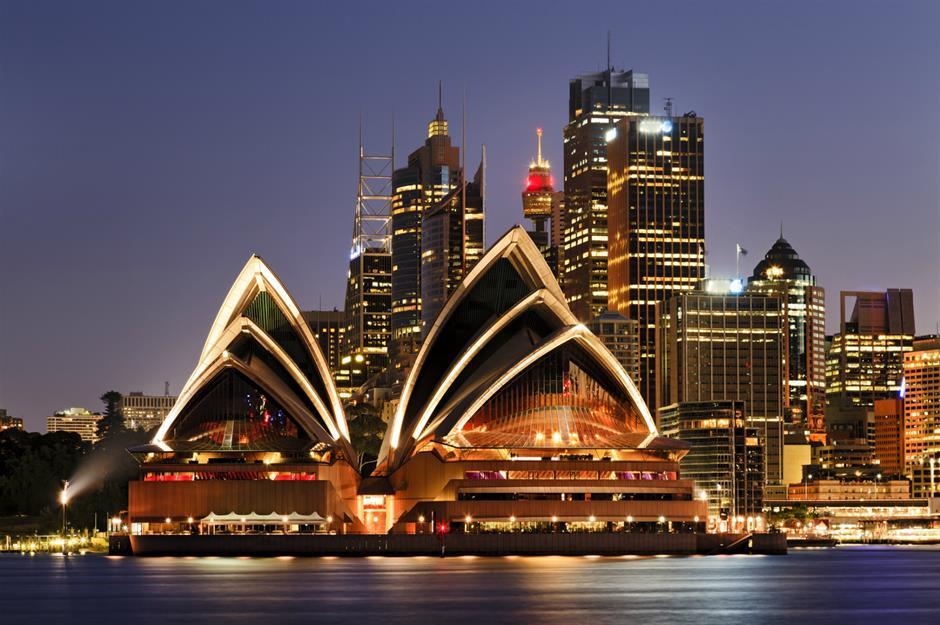
Australia boasted a staggering 2,176,868 millionaires in 2021, the equivalent of 11.2% of its adult population. There's been a sharp dip in the latest report, however, with Credit Suisse recording a significantly reduced, yet still impressive, 1,840,000 millionaires Down Under in 2022.
There are various theories as to why Australia's millionaire population has shrunk by close to 20%, with possible factors including rising interest rates and currency depreciation against the US dollar.
Switzerland: 15.6% of the adult population

You're more likely to be a millionaire in Switzerland than anywhere else in the world. According to Credit Suisse, 15.6% of Swiss adults have seven-figure bank balances, meaning the European nation tops the list for yet another year.
Although the country accounts for just 0.1% of the world's population, its generous tax laws – which contribute to Switzerland's reputation as a tax haven – make it a highly desirable location for the super-rich.
Additional incentives for wealthy migrants could also perhaps help to explain why the number of millionaires in Switzerland increased from 1,035,000 to 1,099,000 between 2020 and 2022.
Now discover the richest women in 30 different countries around the world
Comments
Be the first to comment
Do you want to comment on this article? You need to be signed in for this feature